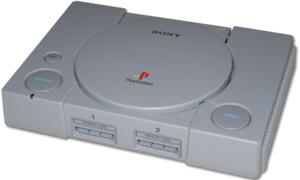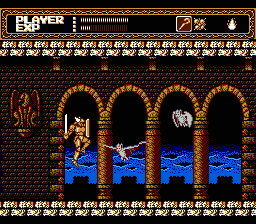Call it a $350 impulse buy, but I just read about this thing called the Asus Eee PC last week and decided to order one. It arrived today and I am composing this entry on the machine. People who know me know that I am not a gadget freak, nor am I at all enamored with notebook computers; in fact, I have traditionally despised laptop computing (and anytime I have been to a Linux conference, I am typically the only laptop-less geek in attendance). Now, here I am with a subnotebook-class computer with a 630 MHz CPU, 4 GB of flash storage, and a 7-inch, 800×480 display.
The Eee PC runs a customized version of Linux with a KDE desktop out of the box. I have been reading a lot about how to get this or that version of Linux (or even WinXP or Vista) installed. I figured I will just go with what they have for now until I encounter some severe limitation. I am trusting that their default installation probably knows a few tricks about working with the hardware set that other OSes are not yet hip to. At the very least, I didn’t have to fight with anything; everything just works out of the box, including the wireless capability. This is nice since this is the first time that I have ever personally set up anything wireless. I’m a bit behind; remember that I didn’t get broadband internet until mid-2004.
So let’s talk multimedia. At the very least, the unit comes with Adobe Flash Player, albeit the old version of #9. I guess I can’t expect the very latest version 9, which was released last week, about the same time that I placed the order for this unit.
Via network is pretty much the only way to get anything on or off this unit. I was able to mount my shared media folders effortlessly. Clicking on a MP3 file associates to Music Manager, which is apparently Amarok but with friendlier name. PCM WAV files are also handled, though the first ones I try sound really bad — I’ll need to look into what’s going wrong with that. OGG and WMA are similarly handled.
Time to throw my favorite movie trailers at the system. A QuickTime file is handled by Media Player — a friendlier name for SMPlayer — and, uh oh: IMA ADPCM is handled but SVQ1 is not, nor is SVQ3. Cinepak is deemed “safe”, however. All MPEG codecs and Microsoft codecs seem to work just fine. WMV8 works fine, so it could be that it has a really recent build of FFmpeg that includes X8Intra frames, or Linspire-style codecs, or Microsoft binaries through Win32 support. My money is on the Linspire-type option since the decoding is quite slow. DivX/ISO MPEG-4 video seems to work out of the box, H.264 video does not.
For miscellany, DosBox Video and FILM/CPK files work out of the box with SMPlayer.
I look forward to working with this little machine further. First off is to decide how to be just a tad more flexible with it. The default installation is designed to aggressively resemble the silver-themed Windows XP UI in every way imaginable. That doesn’t bother me so much as the fact that I don’t know how to install any other software (the Add/Remove Software option is incredibly limited) or even find a terminal yet. Hopefully, this will all become clear with the help of the extensive manual so that I will not have to switch to another OS.
Update: I can run MPlayer from the command line and confirm that the player is using the FFmpeg decoder for handling WMV8. So Asus is quite up to date.


